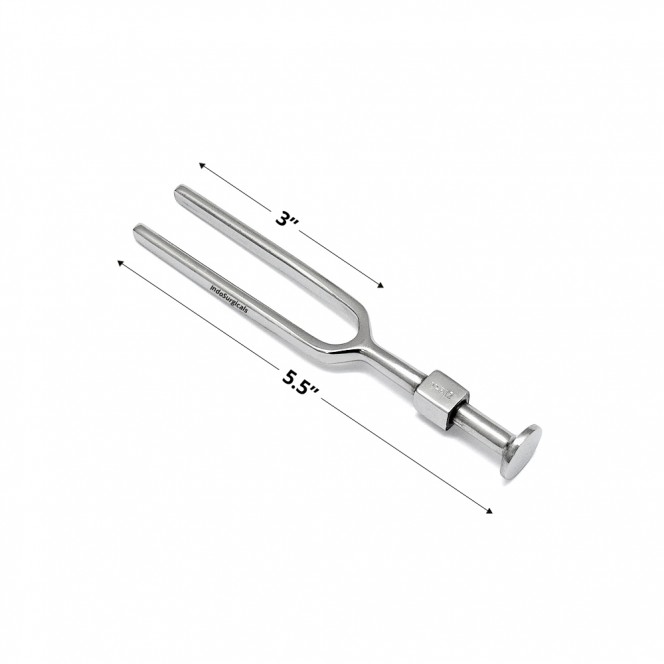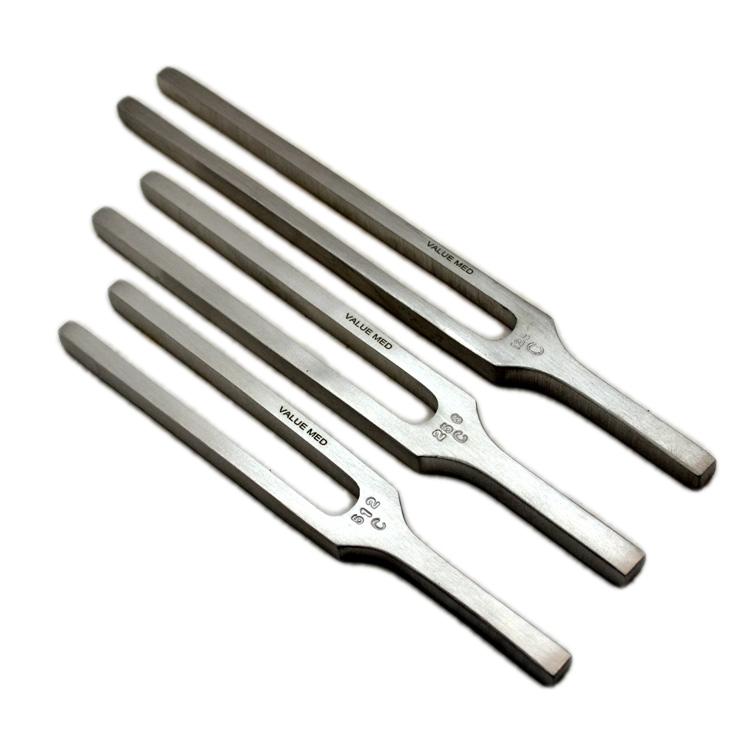

The smartphone-based Rinne test was in agreement with the traditional Rinne test in 49 (98%) cases. The aim of the current study is to similarly compare the traditional 512 Hz tuning fork-based Rinne test and formal audiometry, to a smartphone-based Rinne test. For example, the vibrating application of smartphones was validated for use as a 512 Hz tuning fork for the Weber test. The universal use of smartphones made several validated applications in the field of otolaryngology available to clinicians and patients. The utility of telemedicine had been especially relevant in remote areas, but the COVID-19 pandemic has made it highly popular in urban areas as well. While it can easily be carried out by general practitioners when a CHL is suspected, tuning forks are usually not available in their clinics. The Rinne test is one of the ubiquitous clinical tests for differentiation of CHL in otolaryngologic practice. The degree of CHL needed to change the Rinne test result is frequency specific, and it is more successfully performed with a 512 Hz tuning fork. In the case of CHL with a greater degree of loss, AC will be worse than BC, and the Rinne test is said to be negative (BC < AC).

If the subject hears the signal emitted from the vibrating fork it means the AC signal transmission is better than the BC, and thus the interpretation is Positive Rinne with presumed CHL. The tuning fork is then held 3–4 cm adjacent to external auditory canal. It is traditionally performed by placing the vibrating tuning fork on the mastoid process until the subject cannot hear the sound due to vibration decay (BC threshold). The Rinne test is a bedside examination that compares the two thresholds, and it is used to detect a conductive hearing loss (CHL). The air conduction (AC) threshold is lower than the bone conduction (BC) threshold when the audiologic pathway is intact. The validity of patient-operated smartphone-based Rinne test awaits further study. ConclusionĪ smartphone-based Rinne test was validated for the detection of an air–bone gap ≥ 25 dB at 512 Hz in the clinical setting. The smartphone-based Rinne could not evaluate two patients with a moderately severe/severe sensorineural hearing loss due to their inability to detect the vibrations. The smartphone-based Rinne test could correctly discriminate between patients with an air–bone gap ≥ 25 dB at 512 Hz from patients with a lower or no air–bone gap at 512 Hz. The Sensitivity was 85% for both tests, specificity was 90% and 93% for smartphone and tuning fork tests, respectively. The overall agreement between the traditional Rinne test and the smartphone-based test was 98%. The test results were compared to those of formal audiometry. Each participant underwent the traditional 512 Hz tuning fork-based Rinne test, as well as a smartphone-based Rinne test by means of a single uncovered smartphone with a vibration application. Twenty consecutive patients hospitalized in the otolaryngology department of a tertiary medical center due to unilateral hearing loss (HL study group), and 30 consecutive inpatients on the same ward who had no otological history (controls) were enrolled. In primary care settings, the Rinne would be most effective as part of a screening program for conductive hearing losses, but not as the sole indicator for referral.To validate a smartphone-based Rinne test employing the vibration application of mobile telephones. Sensitivity for all groups was improved by interpreting equivocal results as indicating a conductive loss.ĭespite reports of poor reliability, the 512-Hz Rinne tuning fork test can be an important tool in an otology practice for the detection of conductive hearing losses and for confirming audiometric findings. Sensitivity was lower when masking was not used and lowest when the Rinne was performed by a less-experienced tester. Results showed the 512-Hz Rinne tuning fork test could be very effective at detecting conductive hearing losses when performed by an experienced tester and when masking was used.

Sensitivity of the 512-Hz Rinne tuning fork test was assessed by comparing tuning fork results with the pure-tone average air-bone gap. The effects of tester experience, the use of masking, and the interpretation of equivocal (+/-) Rinne results on test reliability also were examined.ġ,000 adult patients (2,000 ears) seen for their initial otologic evaluation.

This study aimed to examine the reliability of the 512-Hz Rinne tuning fork test to detect conductive hearing losses.


 0 kommentar(er)
0 kommentar(er)
